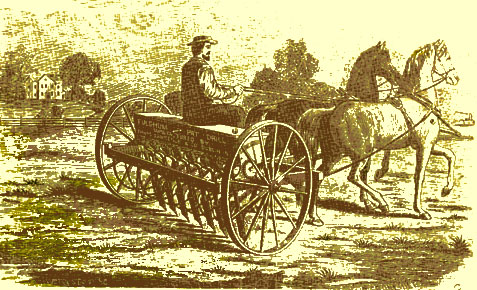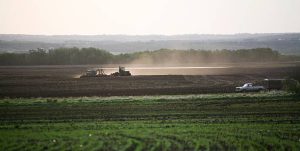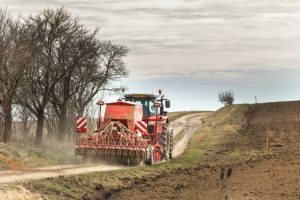The seed drill, a seemingly simple invention, has left an enduring mark on societies across the globe. In this article, we explore the profound impact of the seed drill on agriculture, economics, and the social fabric of communities.
Historical Context
In the late 17th century, Jethro Tull revolutionized farming with the invention of the seed drill. Initially met with skepticism, this device gradually gained acceptance, marking a pivotal moment in agricultural history.
Mechanics of the Seed Drill
Unlike traditional methods, the seed drill’s meticulous design ensures precise seed placement, optimizing spacing and depth. This innovation transformed the very essence of sowing, enhancing efficiency and reliability in crop cultivation.
Revolutionizing Agriculture
The seed drill’s integration into farming practices led to a remarkable increase in agricultural productivity. With controlled seed distribution, farmers witnessed substantial yield growth, addressing the pressing issue of food security.
Economic Implications
Beyond the fields, the seed drill contributed to the economic prosperity of agrarian communities. Increased crop yields translated into higher profits, fostering stability and growth in local economies. The surplus produce became a driving force behind trade surpluses.
Sustainability in Agriculture
In an era focused on environmental conservation, the seed drill emerged as a hero in sustainable farming. By minimizing seed wastage and reducing the need for excessive fertilizers, it aligned with global efforts to promote eco-friendly agricultural practices.
Empowering Farmers
The seed drill not only streamlined planting processes but also empowered farmers by reducing physical strain. This newfound efficiency allowed farmers to focus on broader aspects of crop management, fostering a sense of pride and ownership within communities.
Global Adoption and Evolution
From its inception in England, the seed drill’s technology spread globally, evolving with time and adapting to diverse agricultural landscapes. Its influence reached far beyond its country of origin, shaping farming practices worldwide.
Challenges Faced
Despite its transformative impact, the seed drill faced initial resistance and challenges. However, innovative solutions and adaptations overcame these hurdles, solidifying its place in modern agriculture.
Contemporary Significance
In today’s agriculture, the seed drill remains relevant. Technological advancements build upon its principles, offering a glimpse into a future where innovation continues to shape the way we cultivate crops.
Case Studies
Examining societies transformed by the seed drill reveals inspiring success stories. From increased crop yields to economic stability, these cases highlight the tangible benefits of embracing this agricultural innovation.
Critics’ Perspective
While celebrated, the seed drill has faced criticisms and debates. Addressing these concerns head-on, proponents have worked to enhance the technology and mitigate any potential drawbacks.
Future Prospects
Looking ahead, the seed drill’s future appears promising. Anticipated advancements in technology hold the potential to further elevate its impact, contributing to even more efficient and sustainable agricultural practices.
Conclusion
In conclusion, the seed drill’s impact on society echoes through the ages. From revolutionizing agriculture to empowering farmers and contributing to economic prosperity, this humble invention has woven itself into the fabric of societal progress.
FAQs
- Did the seed drill face opposition when it was first introduced?
- Yes, the seed drill faced initial skepticism and opposition from traditionalists, but its benefits eventually won widespread acceptance.
- How does the seed drill contribute to sustainability in agriculture?
- The seed drill minimizes seed wastage and reduces the need for excessive fertilizers, aligning with global efforts toward eco-friendly farming.
- What challenges did the seed drill overcome to become widely adopted?
- Initial challenges included resistance from traditionalists and technical issues, but innovative solutions addressed these concerns over time.
- Is the seed drill still relevant in modern agriculture?
- Absolutely. Technological advancements have built upon its principles, ensuring its continued relevance in contemporary farming practices.
- What role did the seed drill play in global agricultural development?
- The seed drill’s technology spread globally, influencing farming practices across different regions and contributing to increased agricultural efficiency.





